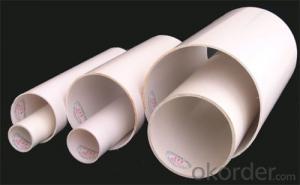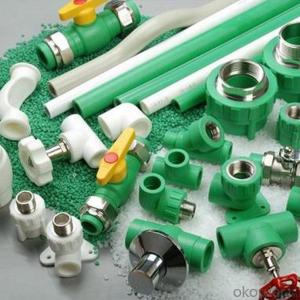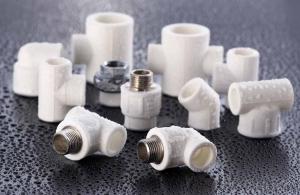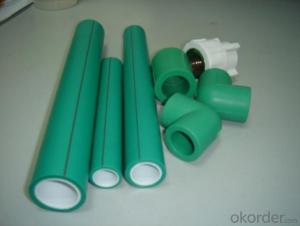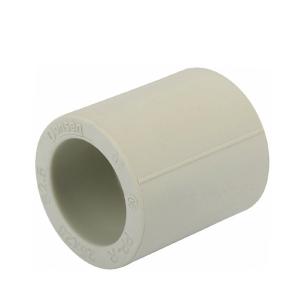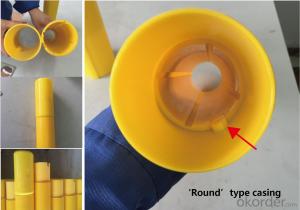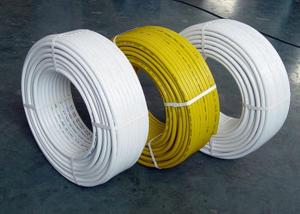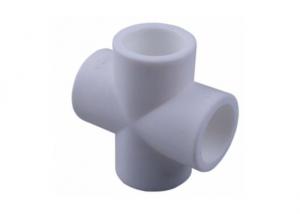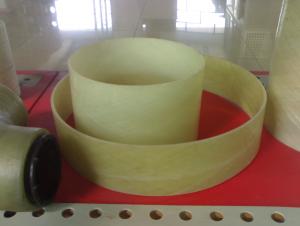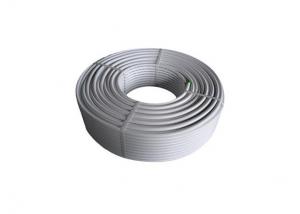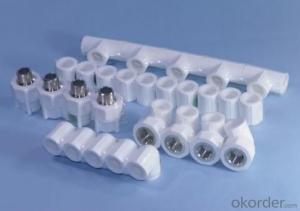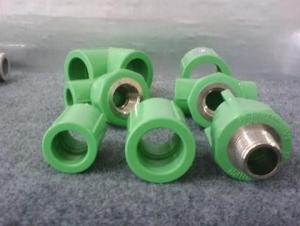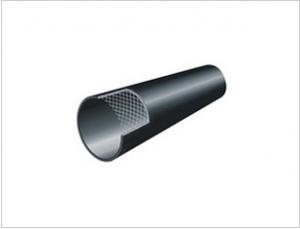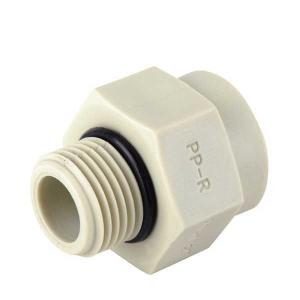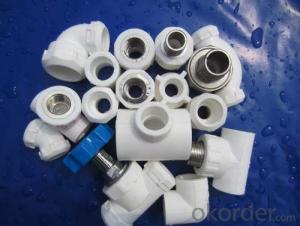1 1/2 Inch PPR-AL-PPR Equal-Thickness Wall Composite Pipe
- Loading Port:
- Ningbo
- Payment Terms:
- TT or LC
- Min Order Qty:
- 500 pc
- Supply Capability:
- 100000 pc/month
OKorder Service Pledge
OKorder Financial Service
You Might Also Like

Description:
Our PPR-AL-PPR Aluminum plastic composite pipe is consisted of five layers.
The middle layer is thin aluminum, outer layer is PP-R, inner layer is PPR.
There is imported heat glue which is extruded by high temperature and high pressure.

Features:
1. Five-storey structure combines the rigid metal pipe and health and sealing plastic pipe perfectly.
2. The middle layer of aluminum isolates the external air, infiltrating the external oxygen barrier pipe, inhibiting the bacterial survival in the breeding pipeling, it is used to ensure the health of the water in the pipe and to prevent secondary pollution invisible.
3. The expansion properties of PPR-AL-PPR pipe is close to metallic materials, and has no apparent expansion in hot and reduction in cold when install and apply to use, the outside is more straight and attractive.
Advantages:
1. Greatly reduced linear expansion coefficient, only 1/4 of that of PPR.
2. 100% oxygen tightness, suitable for heating systerm.
3. Improved resistant to impulse under low temperature, resistant to UV-rays.
4. Easily detected by detector when embedded, owing to the metal layer.
Applicaitons:
1. Distribution for cool and hot water.
2. Pipes for kinds of high-temperature and low-temperature heating system.
3. Pipes for heating and colling settings in solar energy system.
4. Connecting pipe for air-conditions.
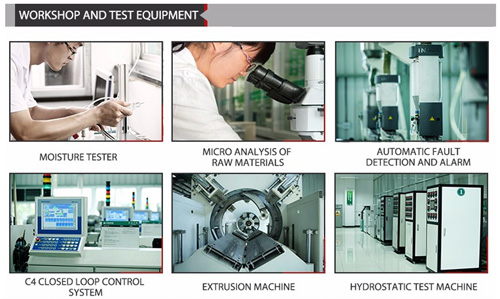
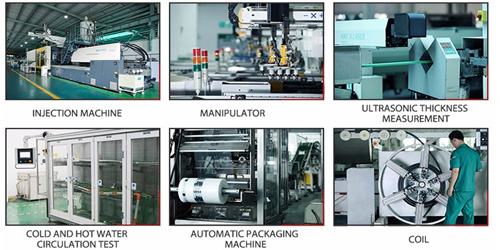

Packaging & Delivery
Packaging details: weaving bag
Delivery detail: 10-30 days
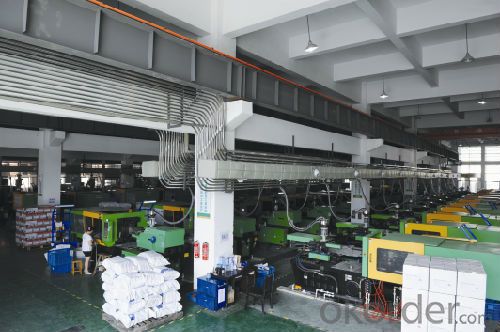
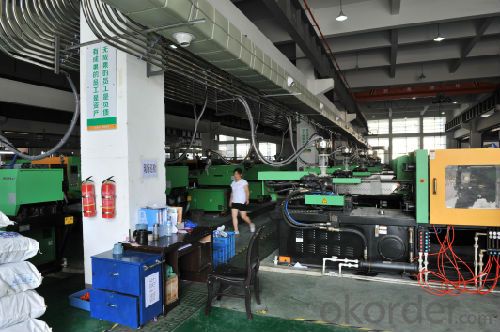
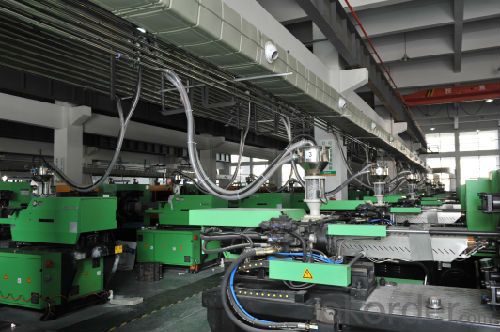
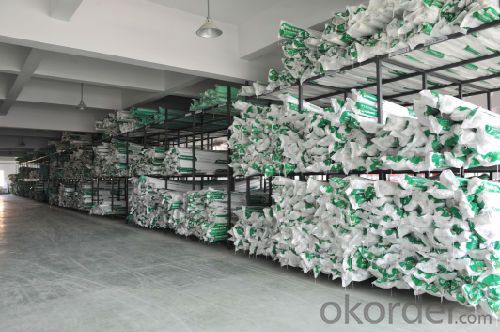
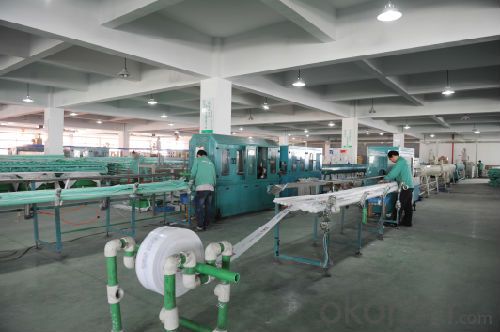
- Q: Do plastic pipe fittings comply with building codes and regulations?
- Yes, plastic pipe fittings generally comply with building codes and regulations. However, it is important to verify the specific requirements of your local building codes and regulations as they may vary depending on the region.
- Q: About plastic drain pipe expansion joint
- Vertical pipe expansion joint setting drainage pipe crossing part is fixed support, when the riser length is not more than 4m, should be provided with a telescopic section of each layer; when the interlayer pipe length is greater than 4m, the number of expansion joints should be calculated according to the pipe deformation and expansion joints allow the expansion amount calculation sure. The riser passes through the floor without blocking the floor, the maximum distance between the expansion joints is 4m, and the expansion joint should be fixed. A connecting pipe is arranged on the upper part of the upper part of the floor when the floor is near, and a telescopic joint is arranged above the confluence pipe. When the converging pipe is arranged at the lower part of the floor, a telescopic joint is arranged at the lower part of the confluence pipe.
- Q: Can plastic pipe fittings be used in fire alarm systems?
- No, plastic pipe fittings cannot be used in fire alarm systems. Fire alarm systems require materials that are specifically designed to withstand high temperatures and provide a reliable and safe connection. Metal pipe fittings are typically used in fire alarm systems as they have better heat resistance and durability to meet the necessary safety standards.
- Q: Are plastic pipe fittings resistant to solvents?
- Yes, plastic pipe fittings are generally resistant to solvents. Their resistance depends on the specific type of plastic used, but many plastic pipe fittings are designed and manufactured to withstand exposure to a wide range of solvents without degradation or damage. It is important to consult the manufacturer's specifications or guidelines to ensure compatibility with specific solvents.
- Q: How do plastic pipe fittings compare to copper fittings?
- Plastic pipe fittings and copper fittings have their own distinct advantages and disadvantages. While copper fittings have been widely used for many years and are known for their durability and reliability, plastic fittings have gained popularity due to their cost-effectiveness and ease of installation. Copper fittings are known for their resistance to corrosion and high pressure, making them suitable for demanding applications such as plumbing systems. On the other hand, plastic fittings are lightweight, non-corrosive, and resistant to chemicals, making them ideal for applications that require flexibility and easy handling. Ultimately, the choice between plastic and copper fittings depends on the specific requirements of the project, budget constraints, and personal preferences.
- Q: Can plastic pipe fittings be used for gas supply?
- No, plastic pipe fittings should not be used for gas supply. Gas supply requires fittings that are specifically designed and approved for gas applications, such as those made of metal materials like brass or steel. Using plastic fittings for gas supply can pose a safety risk due to the potential for leaks or failures.
- Q: Are plastic pipe fittings compatible with heat fusion?
- Yes, plastic pipe fittings are compatible with heat fusion. Heat fusion is a method used to join plastic pipes and fittings by applying heat and pressure to melt and fuse them together, creating a strong and reliable connection.
- Q: How do you connect plastic pipe fittings to HDPE pipes?
- To connect plastic pipe fittings to HDPE pipes, you typically use a method called butt fusion. This involves heating the ends of both the fittings and the HDPE pipe until they reach a melting point. Once melted, the ends are pressed together and allowed to cool, creating a strong, leak-proof connection.
- Q: Can plastic pipe fittings be used in pharmaceutical systems?
- No, plastic pipe fittings are not recommended for use in pharmaceutical systems due to concerns about potential leaching of chemicals or contaminants into the pharmaceutical products. Stainless steel or other suitable materials are typically preferred for such applications to ensure the highest level of safety and quality.
- Q: Are plastic pipe fittings resistant to seawater?
- Yes, plastic pipe fittings are generally resistant to seawater.
Send your message to us
1 1/2 Inch PPR-AL-PPR Equal-Thickness Wall Composite Pipe
- Loading Port:
- Ningbo
- Payment Terms:
- TT or LC
- Min Order Qty:
- 500 pc
- Supply Capability:
- 100000 pc/month
OKorder Service Pledge
OKorder Financial Service
Similar products
Hot products
Hot Searches
Related keywords




